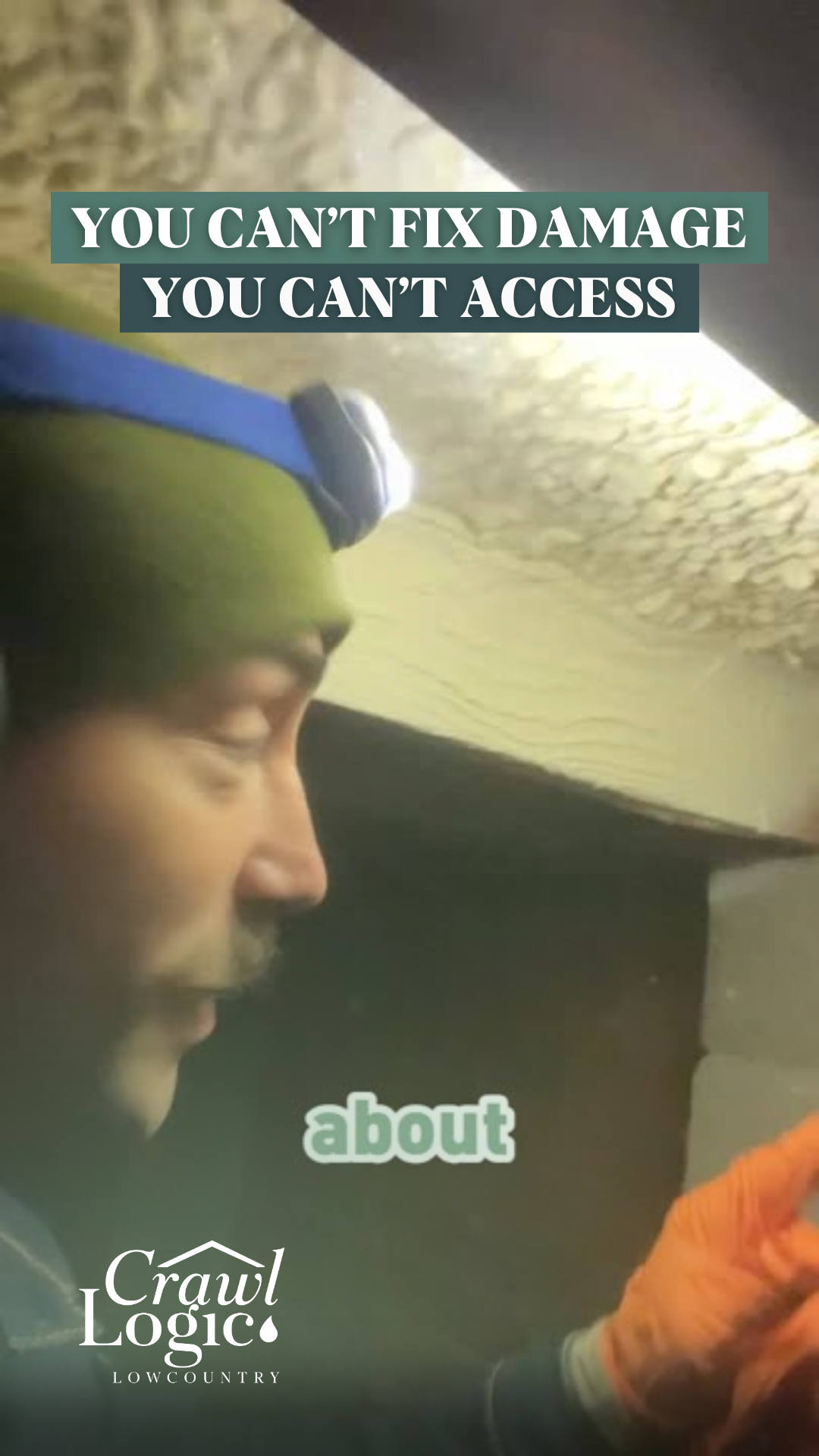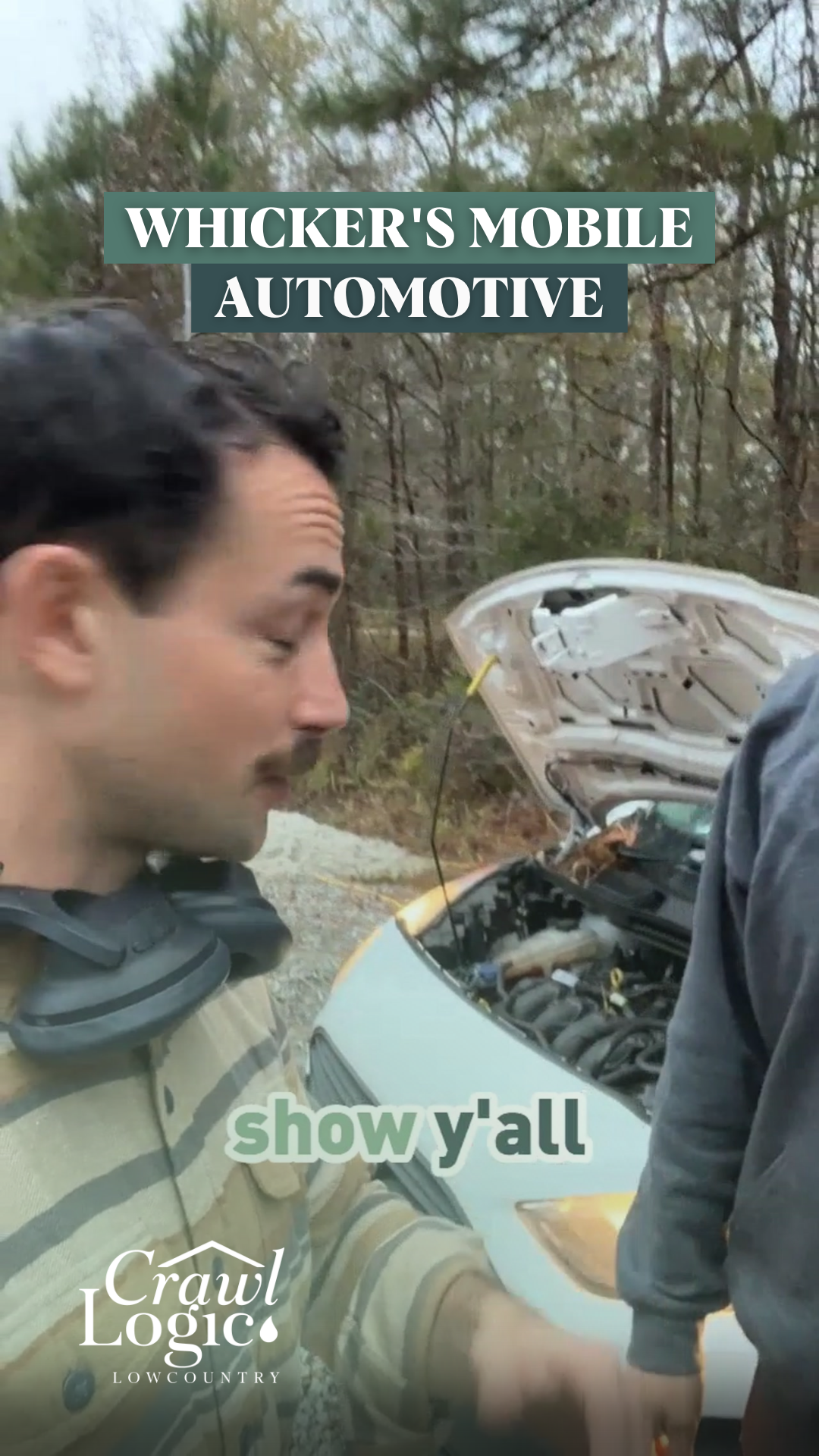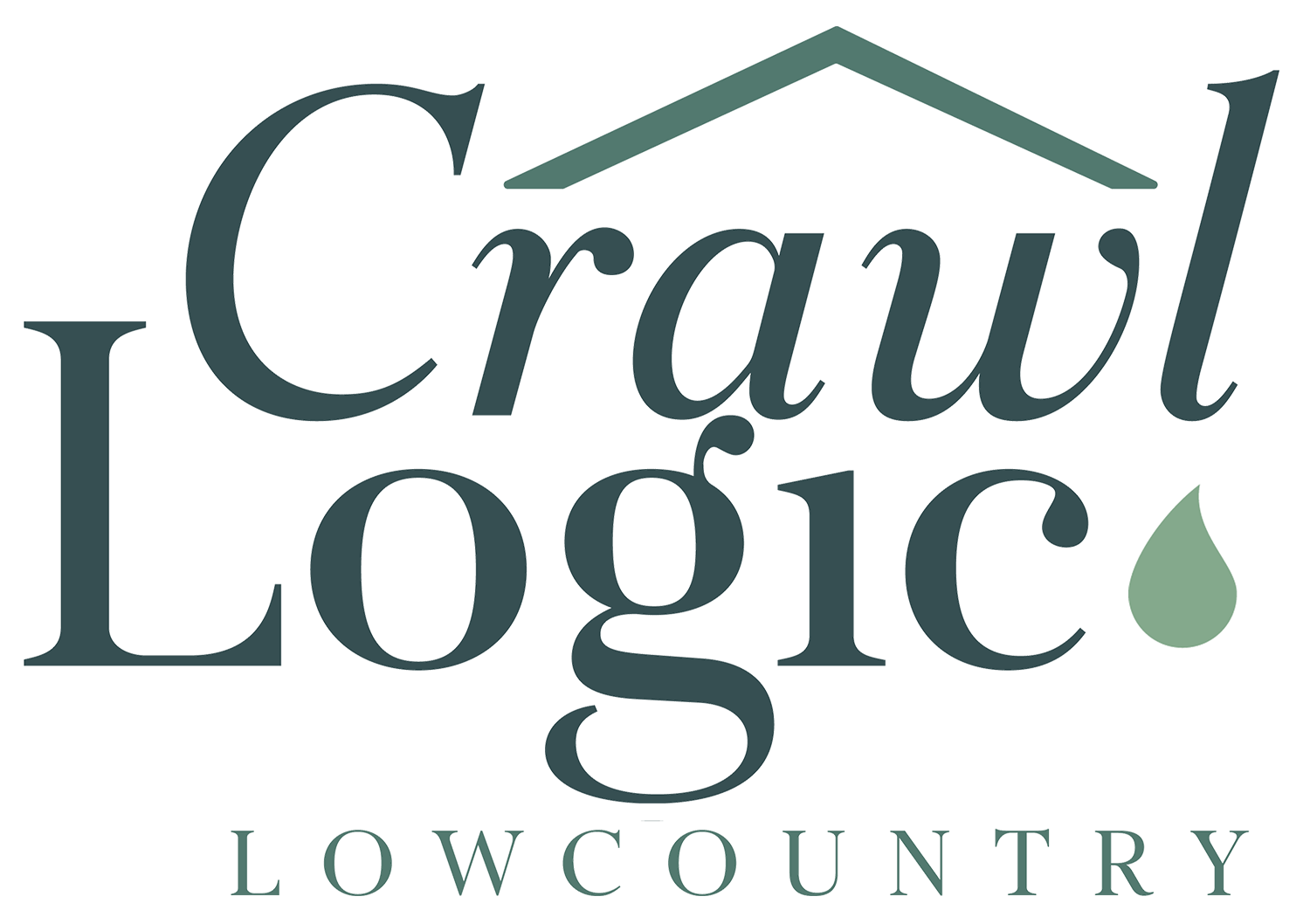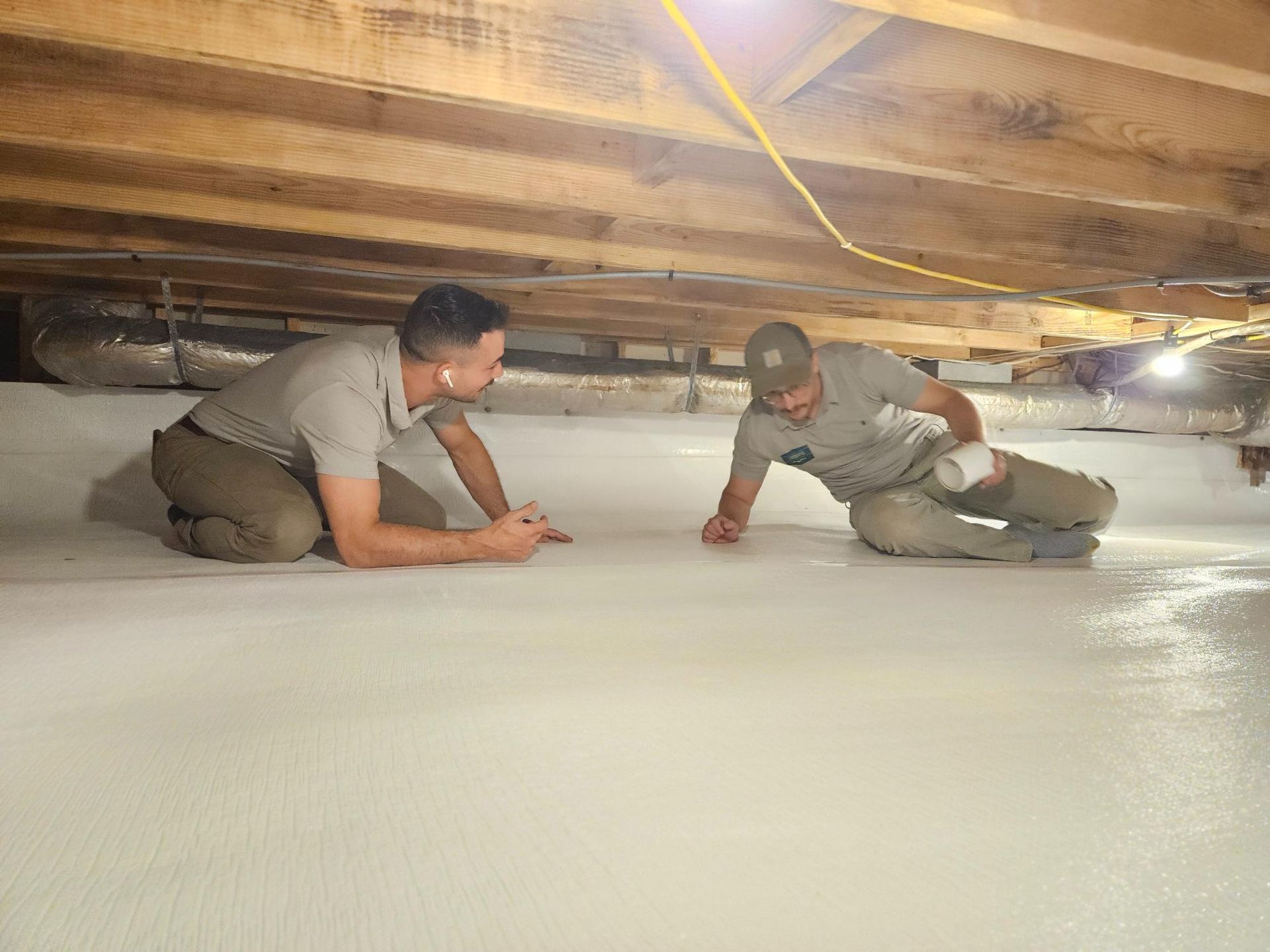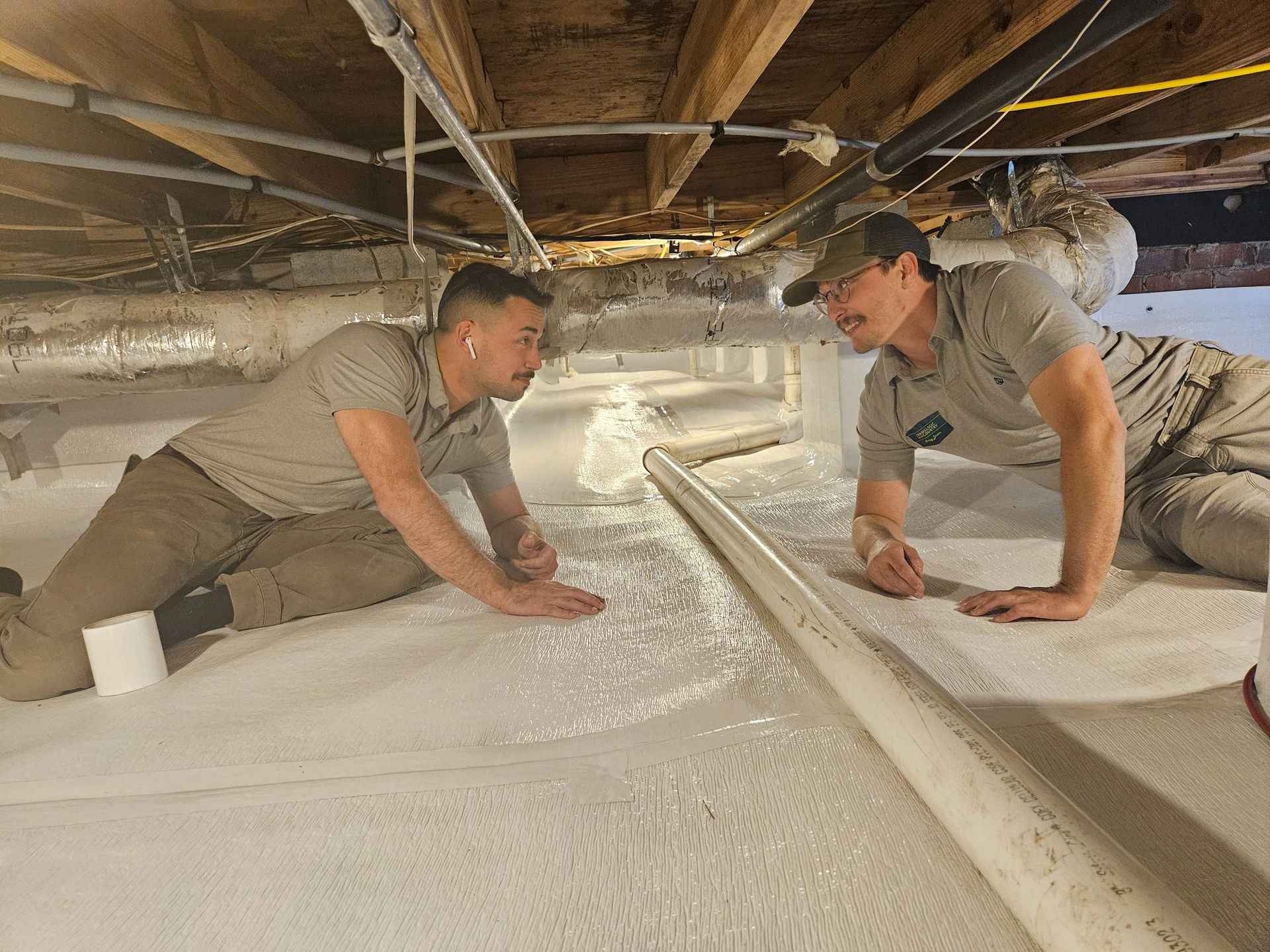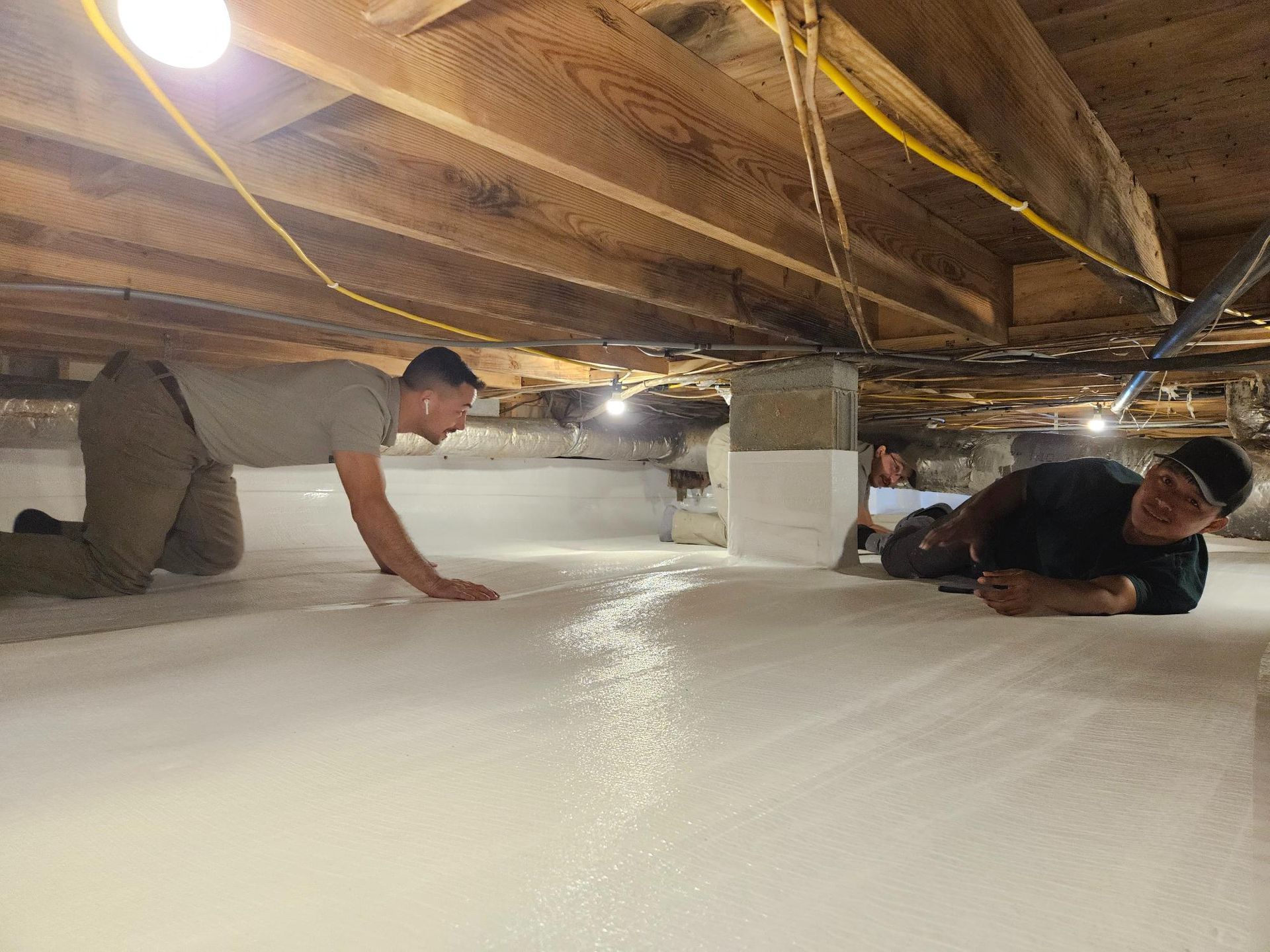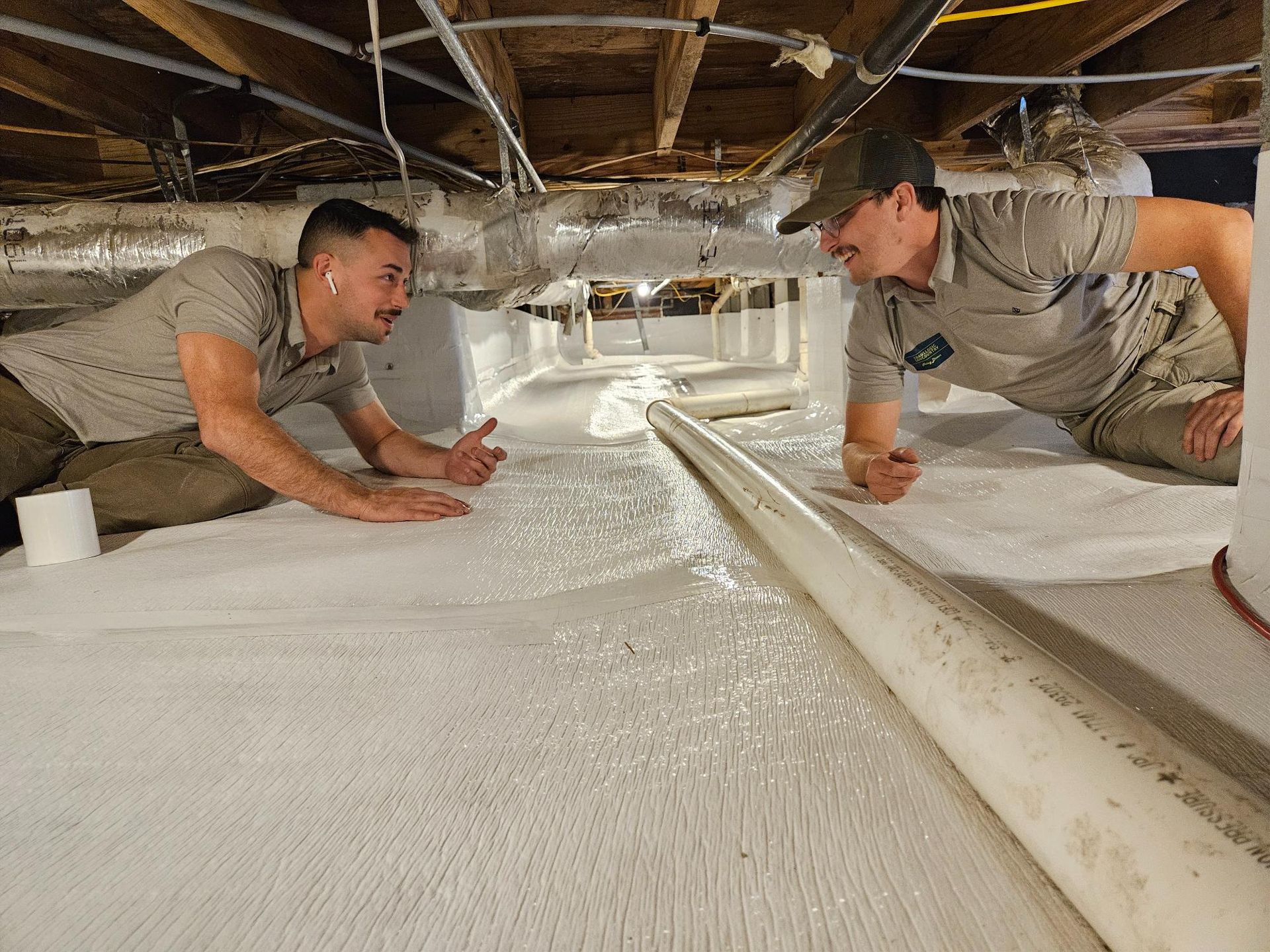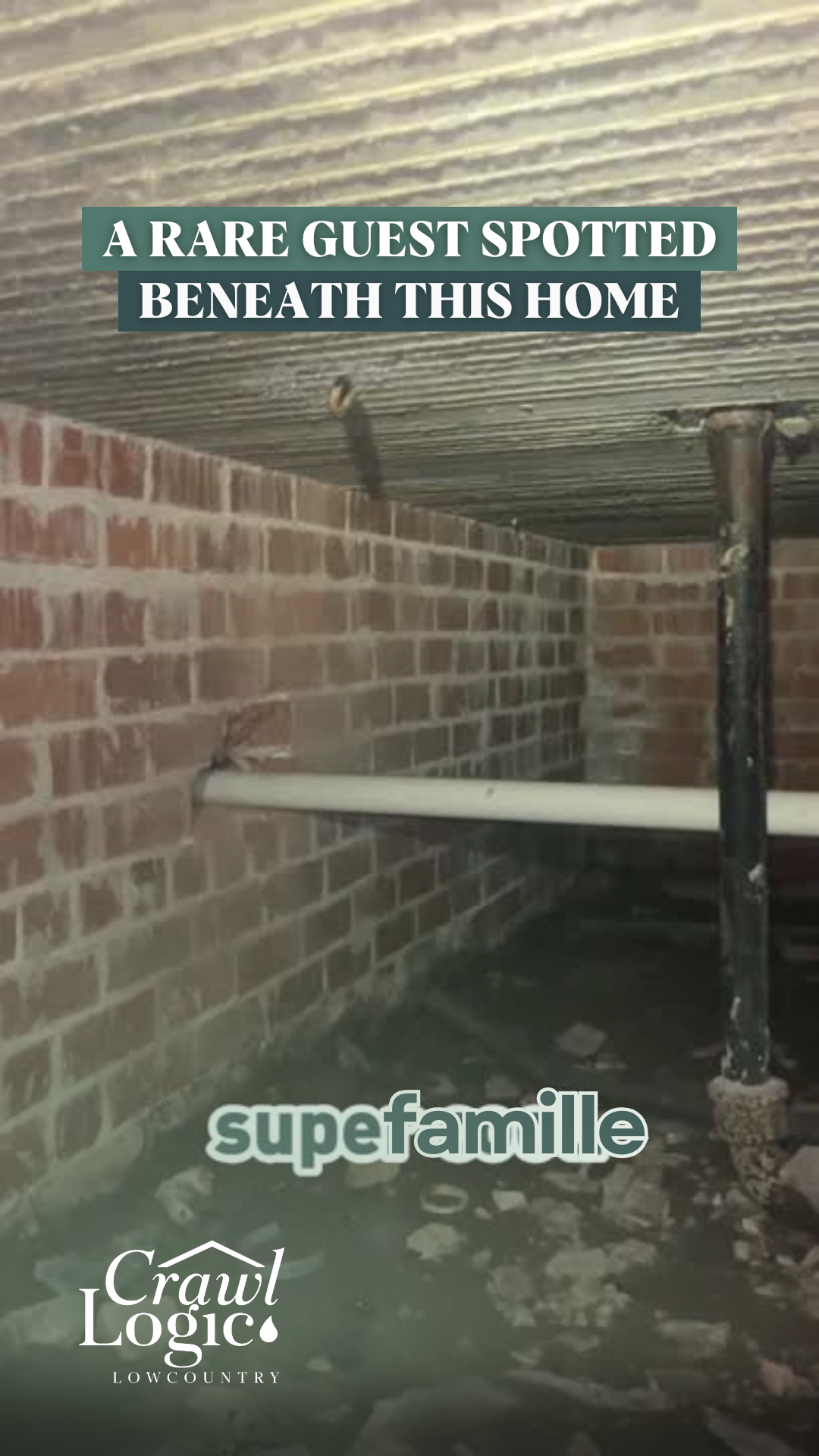30% Moisture But No Mold? What Every Charleston Homeowner Needs to Know
Crawl Logic Lowcountry
When No Mold Is Actually Bad News
THE HIDDEN TRUTH ABOUT CHARLESTON CRAWL SPACES
You'd think finding no mold in a crawl space would be good news, right?
Well, I just inspected a James Island crawl space that's teaching us otherwise.
At first glance, the wood looked great - clean, no visible mold anywhere.
But here's where it gets interesting.
When I touched the floor, the plywood was literally peeling apart in layers.
You could see ripples in the wood, like waves frozen in place.
That's not normal, folks.
When I pulled out my moisture meter, it read in the thirties.
For reference, anything above 15% is asking for trouble.
This wood should have been a mold factory - but somehow, it wasn't.
Welcome to Crawl Logic Lowcountry!
The History Behind the Mystery
Here's where we need to talk about how Charleston homes have dealt with crawl space problems over the years. Back in the day, contractors would spray all sorts of chemicals down there to prevent mold growth. Sounds great, right? Until we learned these "solutions" were actually toxic.
Creosote was the big player for years, especially in downtown Charleston homes. Despite basically being concentrated wood smoke (at least that's the simple explanation), it worked like magic at preventing mold growth - no matter how wet things got. But then we discovered it was toxic, and it got banned. After that came a whole parade of different chemicals, each one promising to be the solution, until we learned they weren't safe either.
These days, people talk about Boracare as the answer. And sure, I've seen it work sometimes, up to a certain moisture level. But I've also seen it fail. The bigger issue? We're still trying to treat the symptom instead of fixing the actual problem.
The Real Problem
Here's what really gets under my skin: we're using crawl space designs that make absolutely no sense for Charleston. This "one-size-fits-all" approach came from insurance companies pushing the federal government for unified building codes. When South Carolina pushed back? They basically said, "That's fine - how much do you like FEMA money?" And just like that, we're building crawl spaces like we're in Arizona.
Think about it: Arizona's desert climate has huge temperature swings between day and night. Charleston? We've got steady temperatures but massive humidity. Yet we're using the same design for both places. That's like wearing ski gear to Folly Beach - it just doesn't make sense.
Understanding Moisture Content
Let's break down why that 30% moisture reading is such a big deal. Normal wood moisture content should be under 15%. At 30%, you're way past the danger zone. Usually, when we see numbers this high, we're also seeing massive mold growth, structural damage, and a host of other problems.
But when you can't see the mold, that doesn't mean everything's fine. In fact, it might mean something worse - you've got wood that's literally falling apart from moisture, but the damage is hiding behind years of chemical treatments. It's like having a car with no brakes but a working horn - you might not notice the problem until it's too late.
Modern Solutions for Charleston Homes
This is exactly why we're so passionate about proper encapsulation at Crawl Logic. Instead of masking problems with chemicals or fighting against our climate, we work with it. Proper encapsulation controls moisture from the start - no toxic chemicals needed.
That's also why we're the only company around here offering a moisture content warranty. We're not just promising our work looks good - we're guaranteeing it actually works. Because at the end of the day, it's not about whether you can see mold; it's about whether your wood is actually dry and healthy.
Protecting Your Home
Listen, if there's one thing I want you to take away from this, it's that looking "clean" doesn't always mean healthy when it comes to your crawl space. Those rippling floors I found on James Island? That homeowner had no idea anything was wrong until things got really bad.
Here's what you need to know:
- Get your moisture levels checked, not just a visual inspection
- Don't trust quick chemical fixes
- Make sure any solution actually makes sense for Charleston's climate
- Work with people who understand our unique local challenges
You might be wondering about your own crawl space right now. Maybe you've had it "treated" before, or maybe you're seeing some concerning signs. Either way, you deserve to know what's really going on under your home - not just what it looks like on the surface.
Want us to take a look? We'll give you the straight truth about your crawl space's moisture content, and if there's a problem, we'll fix it the right way - no band-aids, no toxic chemicals, just real solutions that work for Charleston homes.
